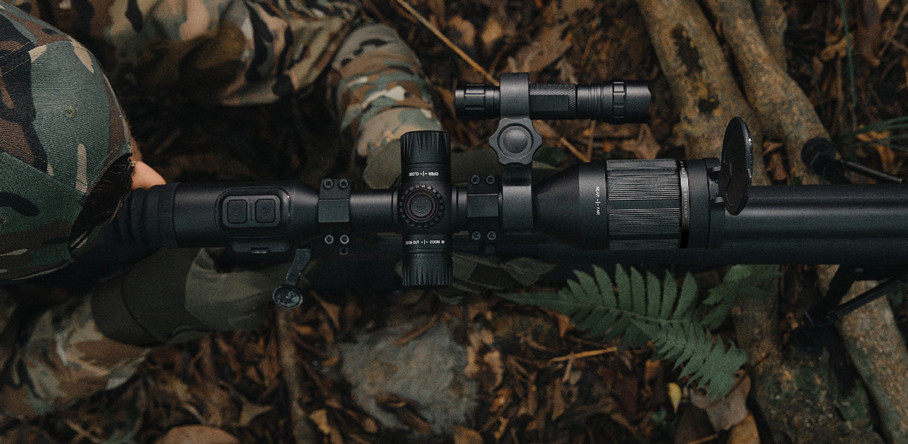
# Night Vision Scope: Enhancing Visibility in Low-Light Conditions
## Introduction to Night Vision Technology
Night vision scopes have revolutionized the way we see and operate in low-light conditions. These remarkable devices amplify available light, including infrared radiation, to provide clear images even in near-total darkness. Originally developed for military applications, night vision technology has now become accessible to civilians for various purposes.
## How Night Vision Scopes Work
Night vision scopes operate on one of two fundamental principles: image enhancement or thermal imaging. Image enhancement works by collecting tiny amounts of light, including infrared light, and amplifying it to create a visible image. Thermal imaging, on the other hand, detects heat signatures from objects and translates them into visible images based on temperature differences.
### Key Components of a Night Vision Scope
– Objective lens: Gathers ambient light and focuses it
– Photocathode: Converts photons into electrons
– Microchannel plate: Amplifies the electron signal
– Phosphor screen: Converts electrons back into visible light
– Eyepiece: Magnifies the image for viewing
## Types of Night Vision Scopes
### Generation Classification
Night vision devices are categorized into generations based on their technological advancements:
– Generation 1: Basic amplification, requires some ambient light
Keyword: night vision scope
– Generation 2: Improved resolution and light amplification
– Generation 3: Military-grade with superior performance
– Generation 4: Latest technology with enhanced capabilities
### Specialized Variants
– Digital night vision: Uses digital sensors and displays
– Fusion systems: Combine image enhancement and thermal imaging
– Clip-on systems: Attach to existing optics
## Applications of Night Vision Scopes
Night vision technology serves numerous purposes across various fields:
### Military and Law Enforcement
– Surveillance operations
– Nighttime tactical missions
– Search and rescue in low-light conditions
### Civilian Uses
– Wildlife observation and hunting
– Nighttime navigation
– Security monitoring
– Astronomy and stargazing
## Choosing the Right Night Vision Scope
When selecting a night vision scope, consider these factors:
– Intended use (hunting, surveillance, navigation)
– Required detection range
– Environmental conditions
– Budget constraints
– Weight and portability needs
– Battery life requirements
## Maintenance and Care
Proper maintenance ensures optimal performance and longevity of your night vision scope:
– Store in a dry, temperature-controlled environment
– Clean lenses with appropriate materials
– Avoid exposure to bright light sources when powered on
– Follow manufacturer’s guidelines for battery replacement
– Regularly check for moisture buildup
## Future of Night Vision Technology
The field of night vision continues to evolve with exciting developments:
– Improved resolution and clarity
– Smaller, more lightweight designs
– Enhanced digital processing capabilities
– Integration with augmented reality systems
– Longer battery life and more efficient power usage
Night vision scopes have transformed our ability to operate in darkness, opening up new possibilities for exploration, security, and recreation. As technology advances, these devices will become even more powerful and accessible, further expanding their applications in both professional and personal contexts.